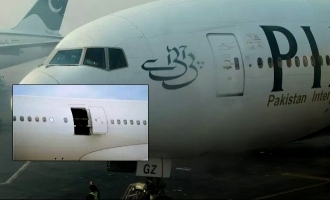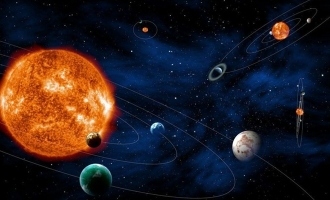Radar for dummies


Send us your feedback to audioarticles@vaarta.com


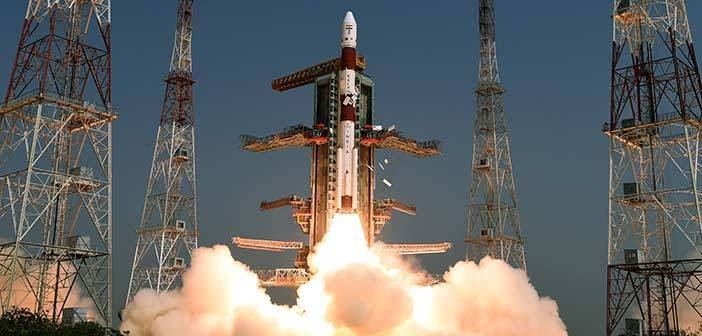 With EMISAT launch yesterday, DRDO has bolstered up the walls of protection around India. Meanwhile, radar is in the headlines twice over this week. Why radar, and why is it of such importance in combat? Surprisingly, it all boils down to humble radio; here's how:
With EMISAT launch yesterday, DRDO has bolstered up the walls of protection around India. Meanwhile, radar is in the headlines twice over this week. Why radar, and why is it of such importance in combat? Surprisingly, it all boils down to humble radio; here's how:
Radio and hearing range
Sound waves are measured using the unit Hertz (Hz). For a normal human, hearing capacity is limited between 20 Hz and 20 kHz (=20,000 Hz). A radio signal is any signal that measures between a little over the low end of the human hearing range at 30 Hz, to well above the upper limit at 300 GHz (that's 3 followed by eleven 0s, in Hz). This radio wave is what forms the basis of every communication media today, including telephonic (not to be confused with the Internet). Why radio is especially convenient is because it uses simple technology to communicate over enormous distances, without having to physically move.
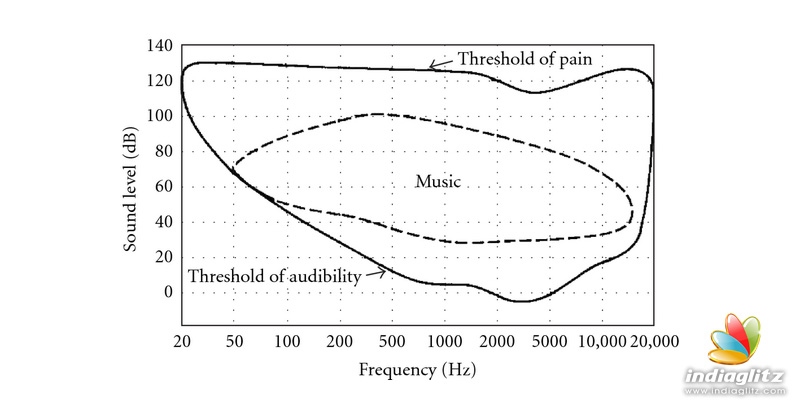 Technicality
Technicality
Radio communication could be crudely understood as a combination of two waves - a carrier signal and an information signal. The information signal (an audio or video, including telephonic voice communication) sits on the carrier signal, rides a piggy back from sender (known as the transmitter) to the receiver. At the receiver's end, a compact circuit has the carrier signal stripped off the information signal, so we hear/see only the original message intended.
Why radar?
Radar was originally coined as an acronym to be written in capitals (like SMS, OTP, or PIN) before it became a mainstream word with its spectrum of applications. RADAR stands for RAdio Detection And Ranging. The concept was inspired from the everyday life of bats; since bats hang out in the dark, and aren't specifically equipped with night vision, their money is on a signalling system, wherein they send a voice note, wait for it to hit a target and echo, and then deduce the distance and shape of the target, as reconstructed from the echo. As the name suggests, radar works by the same principle as bats, to figure out where and how a station is sending out signals.
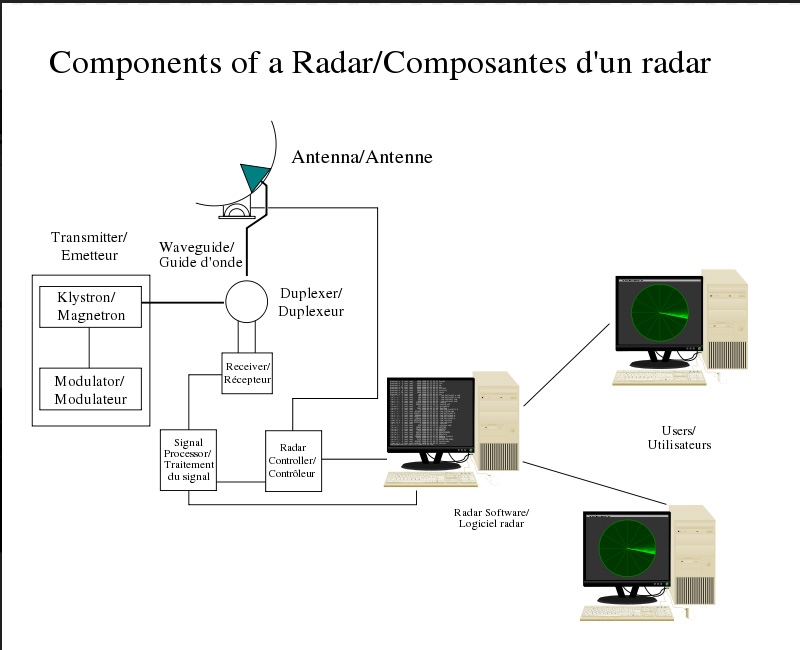
Components of a radar
The edge that radar has is that it travels above the building/mountain/tree ranges, so that the transmitter and receiver can communicate clearly. Also, since no one can hear anything outside of the hearing range, radar makes way for great amount of secrecy in communication. And hence, smart minds since the times of world war, have been using radar to communicate discretely in the open. In effect, this means that two people could be gossiping about you right in front of you, and you will never be able to tell, because you don't know at all that they are talking.
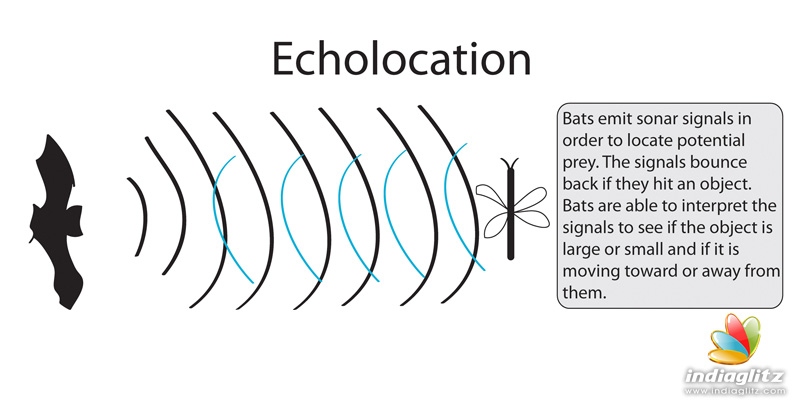
The trouble at hand is half eliminated if you find the source. This is what radar positioning technology aims at. Both ASAT, as well as EMISAT are equipped to find out stations of radio communication (transmitter and receiver), and then leave the decision thereof to the ground station, on what action is to be taken regarding the finding. For example, let us assume that an antenna in a conspicuous region is spotted to be transmitting radio signals. This information is communicated to ground station, wherein it is decided whether to look further into it, and prepare for attack or defence accordingly. For India, EMISAT is the first such mega scale satellite for threat detection.
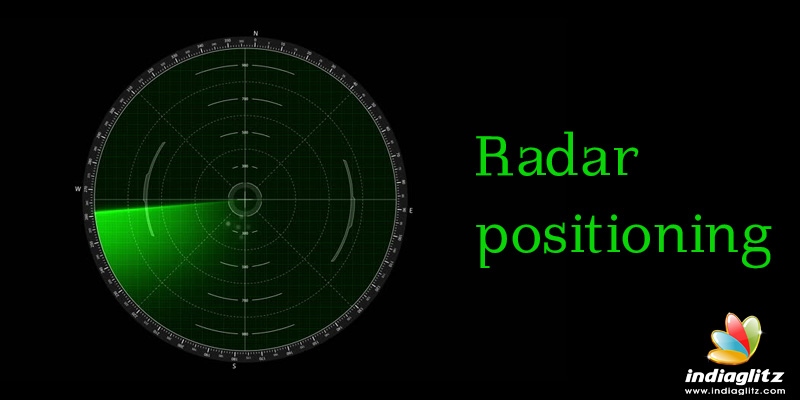
It is bound to get tenser and severe in the coming years, especially given that defence is more technology than brute combat. Let's take a moment to pride in India keeping up with the worldly developments, and also give food to the thought on why war at all, when we can peace.
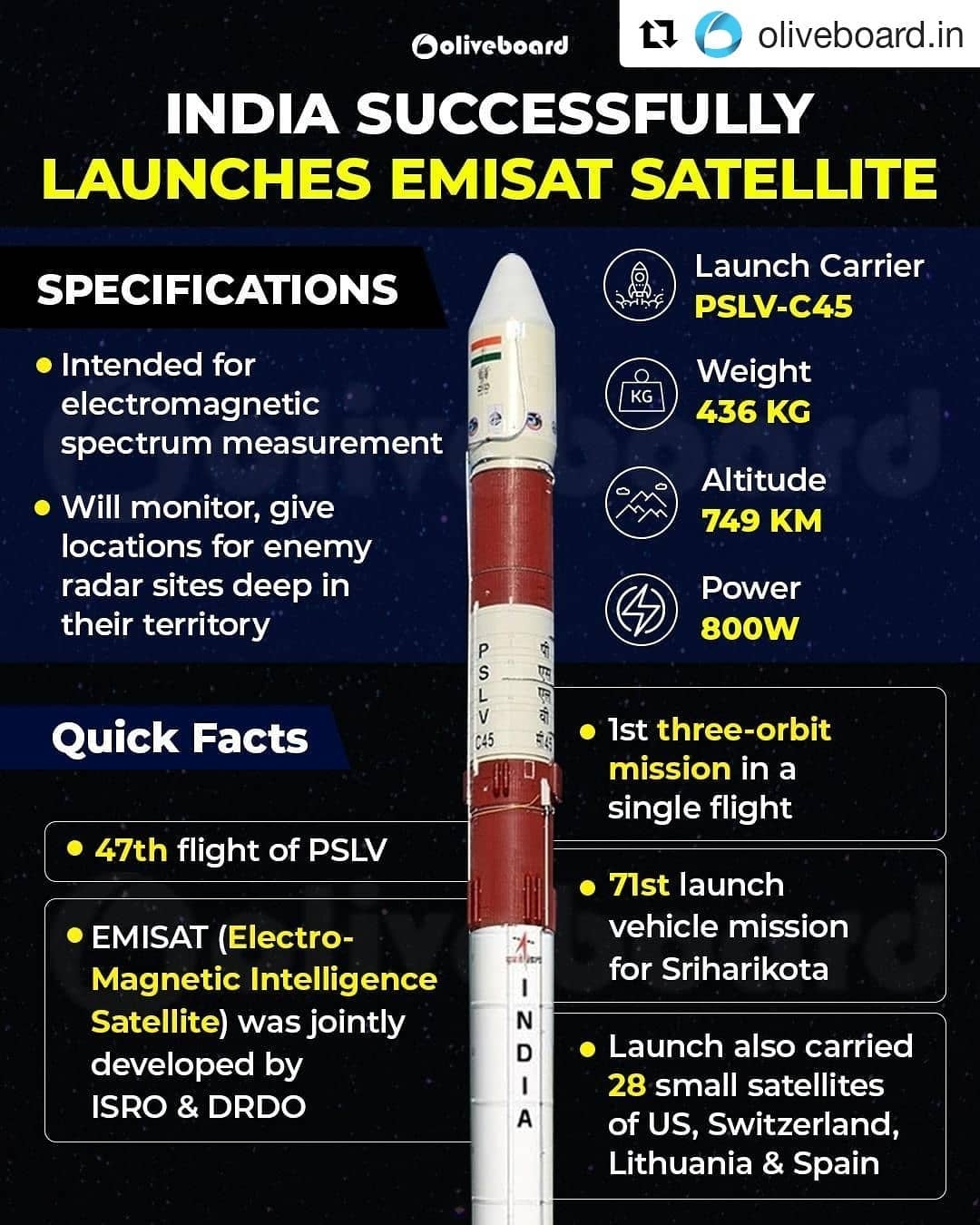
Follow us on Google News and stay updated with the latest!




 Follow
Follow










